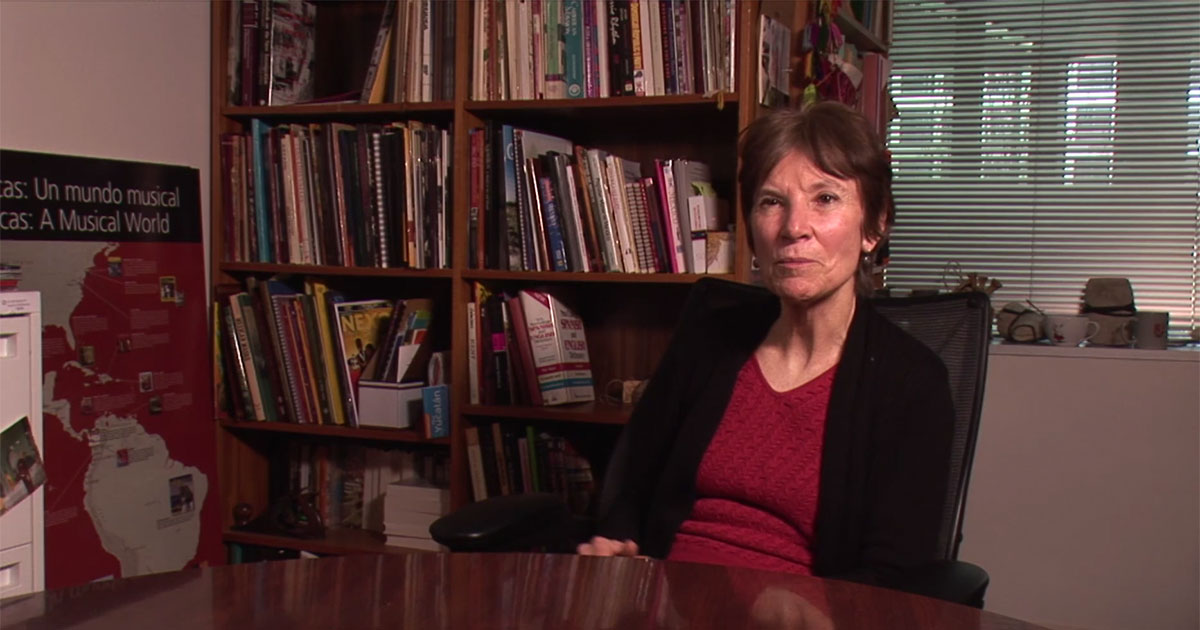
Physical venues, signage, and presenters provide different means through which artists and the meaning of their experiences are interpreted and presented at the Festival. These pages invite you to navigate the different formats for presenting traditional culture, strategies for engaging visitors, and materials for preparing cultural mediators, called presenters, who help contextualize presentations and interpret between languages when necessary. Here, we also invite you to explore Colombian traditions through a series of Material Culture Spotlights: Objects carved from the tagua seed, an Amazonian clay pot, a good cup of coffee, and carnival costuming provide windows into the environment, history, knowledge, technical skills, and aesthetics of the people who make and use them.
The three years of fieldwork research in Colombia culminated in the production of the Festival program on the National Mall in Washington, D.C. One hundred Colombian artists and cultural practitioners presented their traditions on music, dance, and narrative stages, in workshop settings, through processions and parades, and in the individual demonstration spaces.




